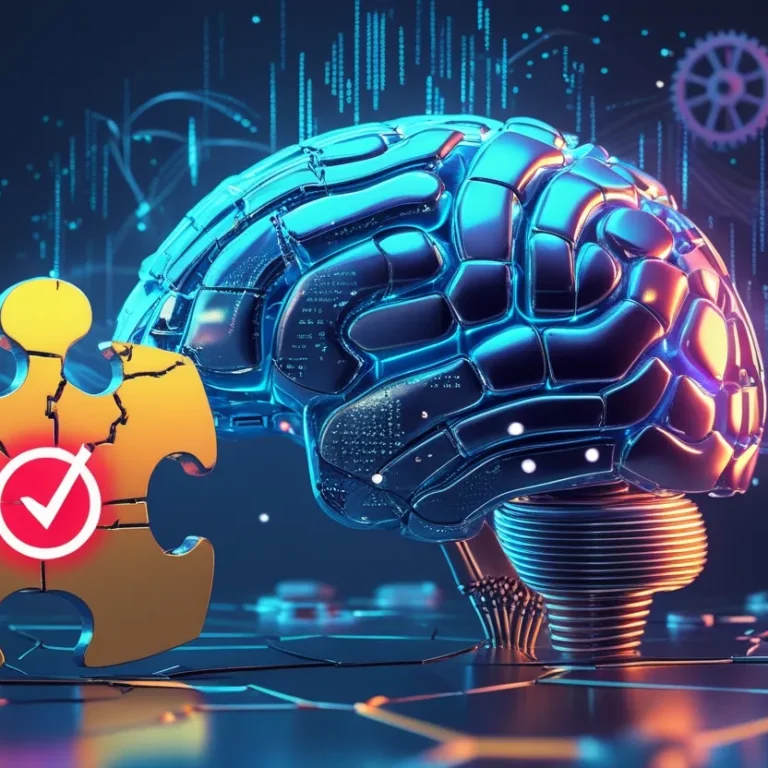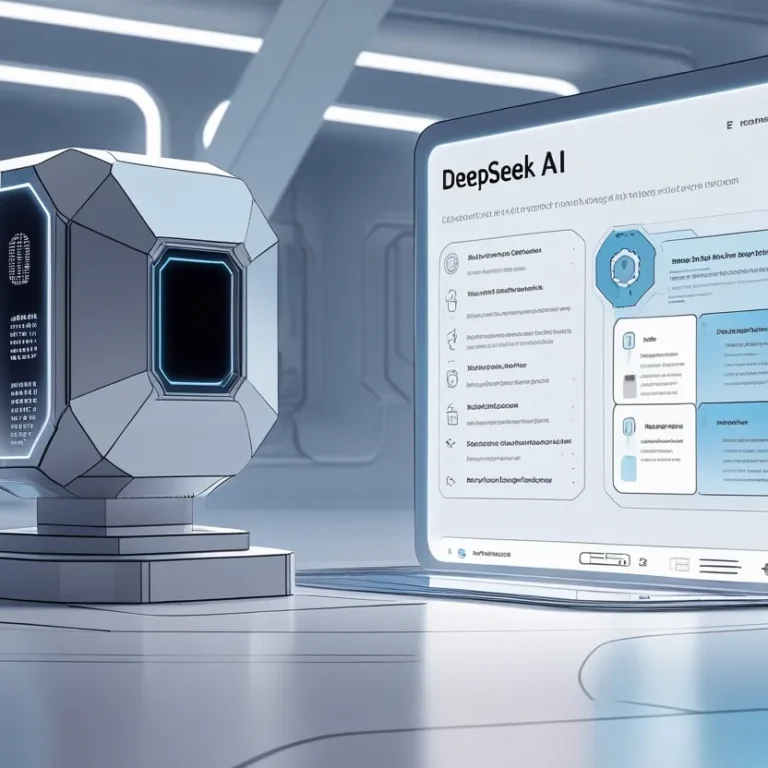AI and Self-Driving Cars: Revolutionizing the Future of Transportation
Artificial Intelligence (AI) and self-driving cars are undeniably at the forefront of cutting-edge technology. These advancements are paving the way for the next generation of transportation. As we move towards a future where AI-driven vehicles are the norm rather than the exception, understanding how AI interacts with self-driving technology is essential. This article delves deep into AI and self-driving cars, discussing their technologies, applications, impact, and the road ahead.
What Are Self-Driving Cars?
Self-driving cars, often referred to as autonomous vehicles (AVs), are cars that use technology to navigate and drive themselves without human intervention. These vehicles are equipped with various sensors and software, allowing them to sense their surroundings, recognize obstacles, follow traffic rules, and make real-time decisions. Self-driving cars rely on advanced algorithms and AI systems to function, interpreting vast amounts of data from their environment.
The Role of AI in Self-Driving Cars
The interaction between AI and self-driving cars is the heart of the development of autonomous driving systems. AI enables cars to recognize objects, process information, and make decisions in real time. Here are the key elements of AI technology involved in self-driving vehicles:
- Computer Vision: AI uses camera-based sensors combined with computer vision to interpret the surrounding environment. The system can detect objects such as pedestrians, other vehicles, traffic lights, and road signs. This ability ensures that self-driving cars can navigate urban streets just like human drivers.
- Machine Learning: Through machine learning (ML), AI algorithms in self-driving cars continuously improve as they process new data. Machine learning helps the system to predict behaviors, detect patterns, and enhance decision-making, making autonomous driving more reliable and safe over time.
- Sensor Fusion: Self-driving vehicles rely on multiple sensors, including LiDAR (Light Detection and Ranging), radar, and ultrasonic sensors. AI integrates data from these sensors to create a comprehensive model of the environment around the car, facilitating real-time decision-making.
- Path Planning: One of the most crucial aspects of self-driving vehicles is path planning, which AI handles by evaluating multiple routes, assessing obstacles, and making real-time navigation decisions. This function ensures that self-driving cars travel safely, without human intervention.
- Decision Making and Control: AI controls key vehicle functions such as speed, steering, and braking. The system constantly processes information and makes safe driving decisions, such as adjusting speed for curves or braking to avoid collisions.
Key Technologies Behind Self-Driving Cars
Understanding the technologies supporting self-driving cars offers a clearer view of how AI is pushing the envelope. Here are some critical technologies:
- LiDAR and Sensors: Enhancing Vision and Awareness
LiDAR technology is a key player in the autonomous vehicle ecosystem, emitting light waves to create high-definition 3D maps of a car’s environment. LiDAR enables vehicles to detect objects at long distances and in various weather conditions. These detailed scans are complemented by radar and camera data, providing a multi-sensor fusion system that improves accuracy and efficiency.
- Real-Time Mapping and Data Collection
Self-driving cars rely on real-time HD mapping to enhance their navigation capabilities. This mapping system continuously updates information based on sensor data collected during a journey. The vehicles can build and update maps of streets, buildings, and other infrastructural elements while driving, ensuring a more precise and accurate location in every scenario.
- Vehicle-to-Vehicle (V2V) and Vehicle-to-Infrastructure (V2I) Communication
AI-powered self-driving cars can communicate with other vehicles and infrastructure via V2V and V2I technologies. This connectivity enables self-driving cars to anticipate the movement of other vehicles, signal upcoming changes in traffic flow, and react most appropriately.
The Benefits of AI and Self-Driving Cars
The benefits of AI in self-driving cars are multifold, significantly transforming transportation and daily life. Here’s how:
- Enhanced Safety: One of the biggest promises of self-driving cars is a reduction in traffic accidents. AI can process far more information than a human driver in a fraction of a second, enabling immediate reactions that prevent accidents.
- Traffic Efficiency and Reduced Congestion: Autonomous vehicles optimize driving patterns, reducing stop-and-go traffic, which in turn lowers congestion. With AI algorithms predicting traffic flow and adjusting speed accordingly, overall traffic can be streamlined.
- Accessibility: AI-powered autonomous vehicles have the potential to revolutionize mobility for the elderly and disabled. People who cannot drive due to health reasons can regain independence with self-driving cars.
- Environmental Impact: The intelligent route planning used by self-driving cars leads to reduced fuel consumption. Optimizing driving behaviors like acceleration, braking, and idle time means lower carbon emissions, contributing to environmental preservation.
The Challenges of AI in Self-Driving Cars
Despite the immense potential, AI in self-driving cars faces several challenges that require attention. These challenges are fundamental to the mass adoption of autonomous vehicles:
- Ethical Dilemmas in AI Decision-Making
AI systems in self-driving cars must be designed to make life-and-death decisions in dangerous situations, such as how to react to an imminent collision. These scenarios present ethical questions that must be addressed before full implementation.
- Legal and Regulatory Hurdles
Governments and regulatory bodies are working to define laws regarding autonomous vehicle testing and safety standards. Without clear legal guidelines, the widespread deployment of self-driving cars remains limited. Laws on issues like liability in case of accidents and traffic regulations need to be updated to keep pace with technological advancements.
- Technical Limitations
Although self-driving cars have made remarkable progress, there are still scenarios where AI might face difficulties, such as in bad weather conditions or unusual driving environments. For example, extreme fog, snow, or poor road conditions can complicate sensor data collection, and therefore autonomous navigation.
- Public Perception and Acceptance
Many people still have doubts about the safety and effectiveness of AI-powered vehicles. Public trust in autonomous driving technologies needs to improve for them to become mainstream. Continuous engagement and public education about the benefits of self-driving cars will be crucial in shifting opinions.
AI and Self-Driving Cars in the Future: What’s Next?
The future of AI and self-driving cars holds immense promise. With rapid technological advancements and continuous innovation in AI systems, the days when human drivers are no longer necessary are fast approaching. As more testing takes place and AI becomes even more sophisticated, we may witness the widespread adoption of fully autonomous vehicles by the next decade.
Additionally, the integration of AI and IoT (Internet of Things) with self-driving cars will open up a whole new world of possibilities. For example, self-driving vehicles could communicate directly with smart cities, adapt to real-time road conditions, detect road hazards, and optimize city-wide transportation systems.
Conclusion
AI is undeniably revolutionizing the world of self-driving cars, and this transformation promises to reshape transportation as we know it. With increased safety, efficiency, and accessibility, autonomous vehicles have the potential to drastically improve our daily lives. However, as technology progresses, we must address the challenges and ethical concerns surrounding AI-powered cars to ensure a smooth, efficient, and safe transition into the future of driving. As we move forward, it’s essential to maintain a balanced focus on both advancements in technology and the regulations that will guide their responsible use.






